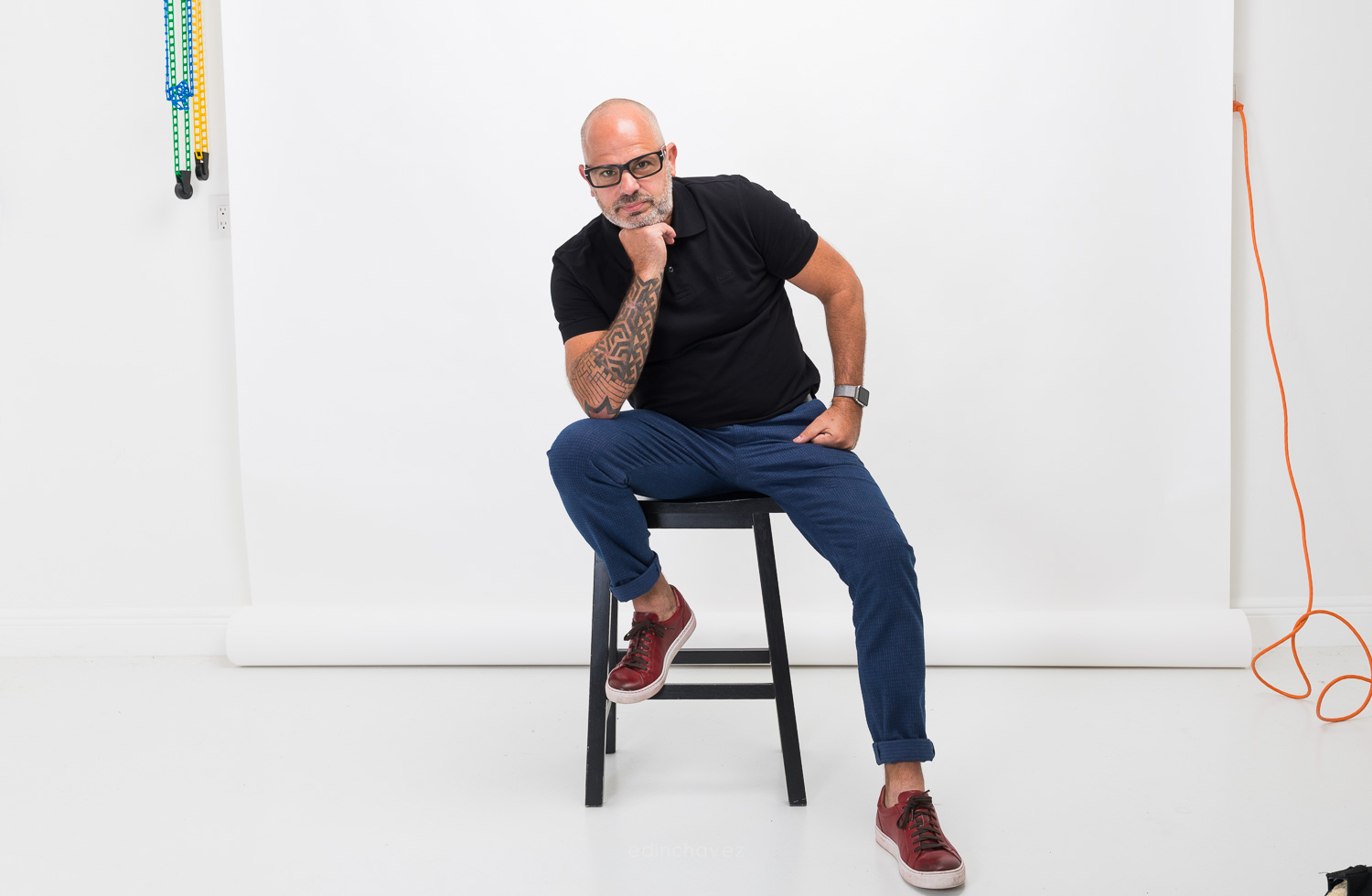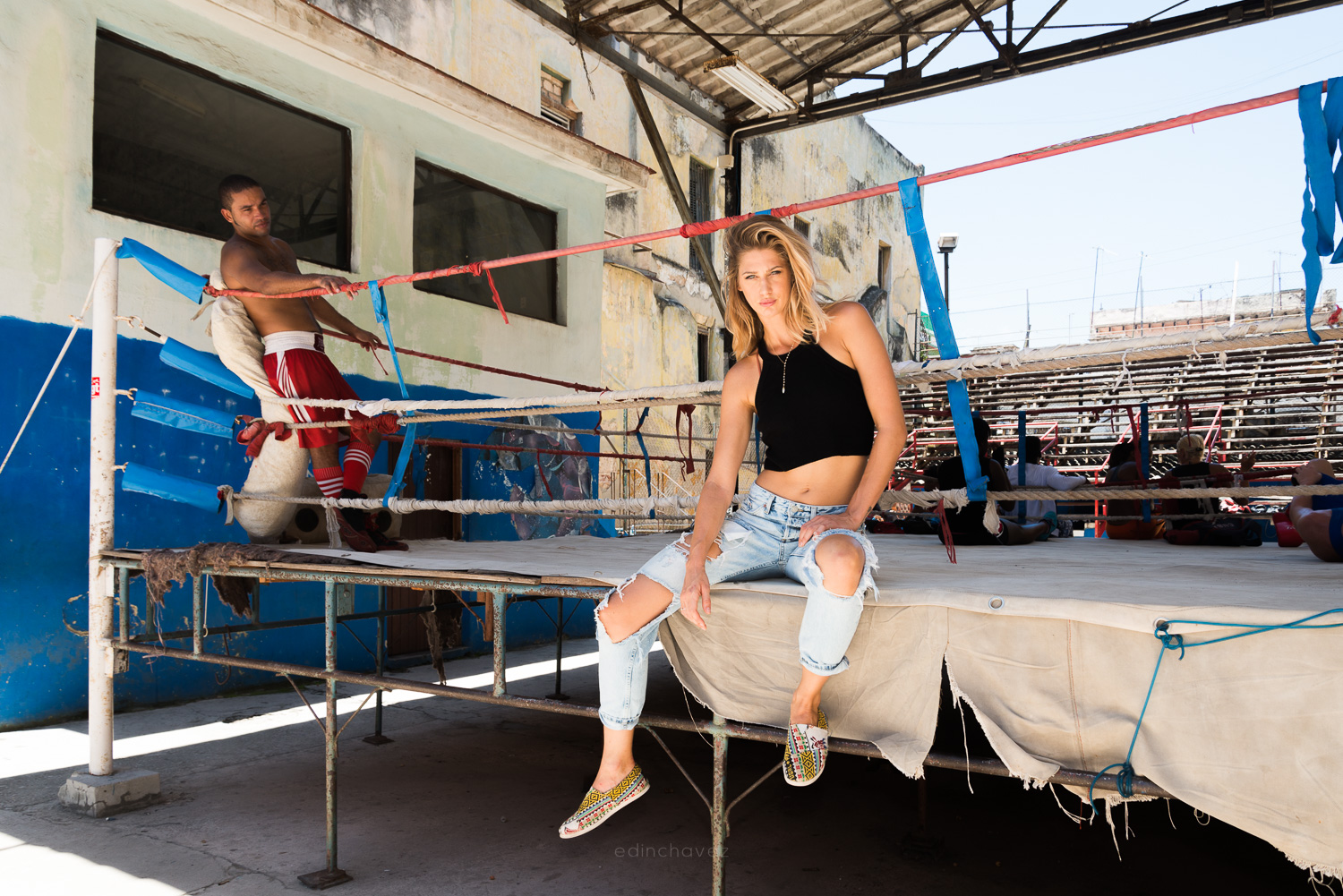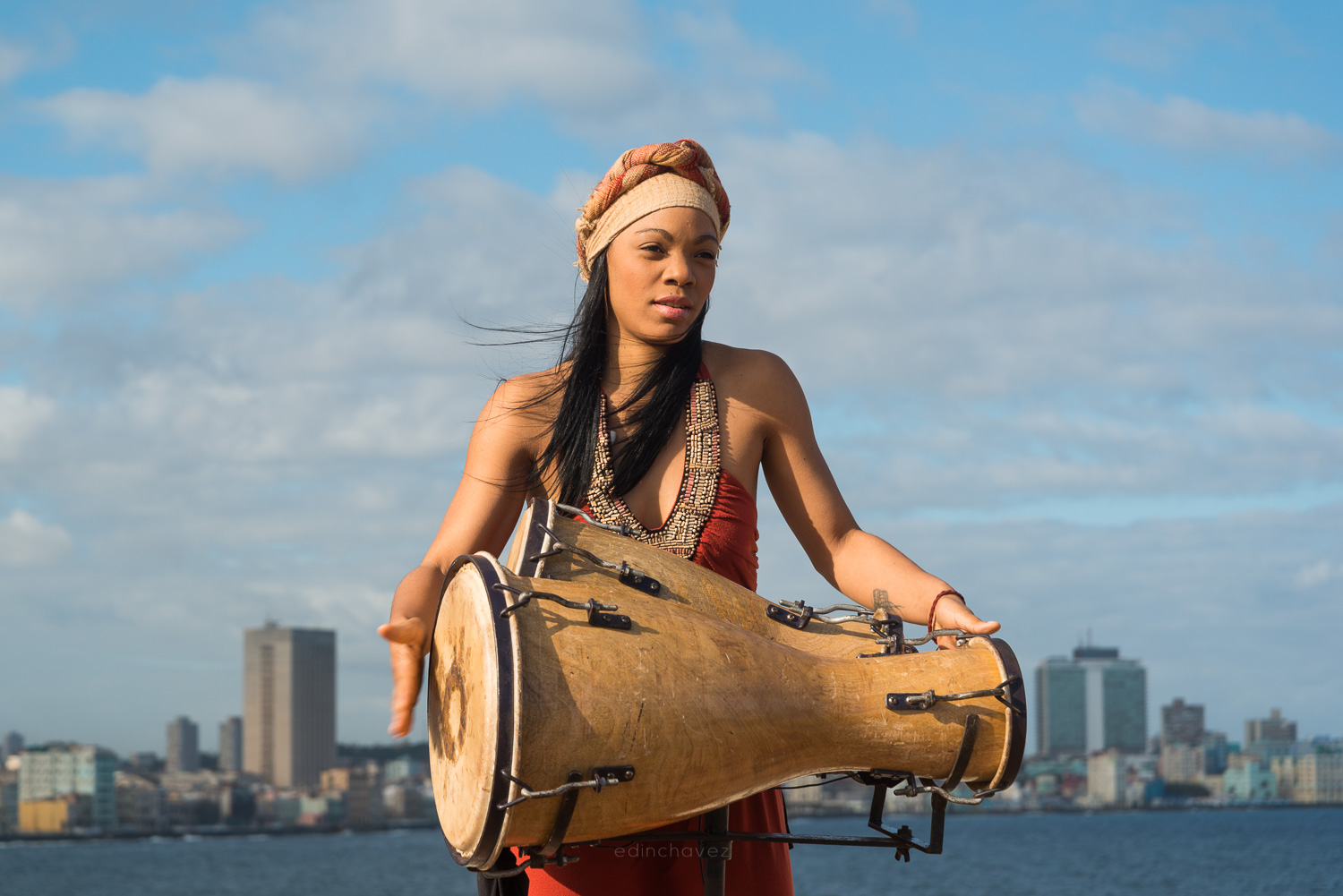One of the hottest debates in the world of modern photography revolves around the use of light. For years, people have tried to justify their stance on natural and artificial light and the way each helps them compose images that mesmerize. However, when it comes to deciding which of the two is better than the other – the photography world pretty much still remains in a dilemma.
The answer, however, happens to be quite simple – it depends. Whether one should use artificial or natural light for a particular photo shoot depends on factors like:
- Personal preference
- Shoot setting
- Type of photography
So, the more important question here should be: how can you determine whether you need natural or artificial light for your photographs? Let’s take a look at that.

What’s the Difference?
Natural light is all about using the daylight to the best of your advantage. Now that can be challenging. Natural light is difficult to control because there are multiple factors that impact its intensity. These factors may include but aren’t limited to:
- The time of the day
- The weather condition
- The location
- The amount of pollution in the air
- Cloud coverage
- Sunlight and shadows
Artificial light, on the other hand, is easier to control with its different color heat type. You can use the tungsten to project a warm reddish hue in the image, whereas using halogen will create a cold, bluish composition.
What Should You Use and When?
It may be difficult to control but natural light is absolutely free. Plus, in most cases, it is readily available. You don’t really have to make the effort to capture raw images in their complete glory with the natural light falling upon them.
It is probably the best option you have when you’re out on a photo walk or just taking outdoor images including street shots and landscapes. The light basically works well with almost all types of photography except when you’re doing it for corporate products and promotions.
Artificial light, on the other hand, is something that you need to plan beforehand. In most cases, you have to use studios (if you don’t have one of your own) to create specific shooting sets using preferred artificial lights to create the mood you want reflected in your images.
Artificial lighting works best for commercial photo shoots like fashion or product photography. However, one should keep in mind that not every photographer has artificial lights available at their discretion. This essentially means that you need to budget for the extra costs you may incur for renting studio space and artificial lights.

The Pros & Cons of Natural Light
The Pros
- Absolutely free and available in abundance
- Doesn’t require too many specialized equipment to pull off great shots
- Can be controlled to an extent using diffusers and reflectors which are quite cheap
- Great for beginners
The Cons
- Seasonal
- Greatly affected by weather conditions and the time of the day
- Difficult to control
The Pros & Cons of Artificial Light
The Pros
- Allows greater control and flexibility in post-processing
- Available day and night regardless of weather conditions
- Allows you to create different light effects without too much hassle
- Easy to use
The Cons
- Higher costs
- Time consuming
- Requires planning

The Verdict
To sum it up, you as a photographer shouldn’t be concerned about which light is better than the other. Instead, you need to focus on which light is a better fit for your intended photography. Also, you do need to take into account the costs and troubles attached to each.
It is best to begin experimenting with natural light first and before gradually transcending into artificial light. What is your favorite light to shoot in?













